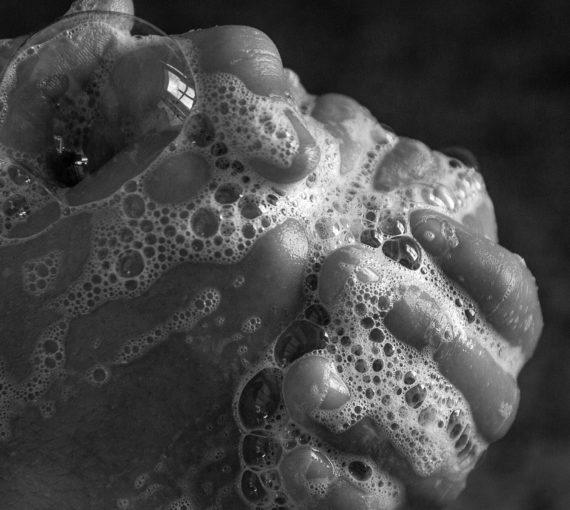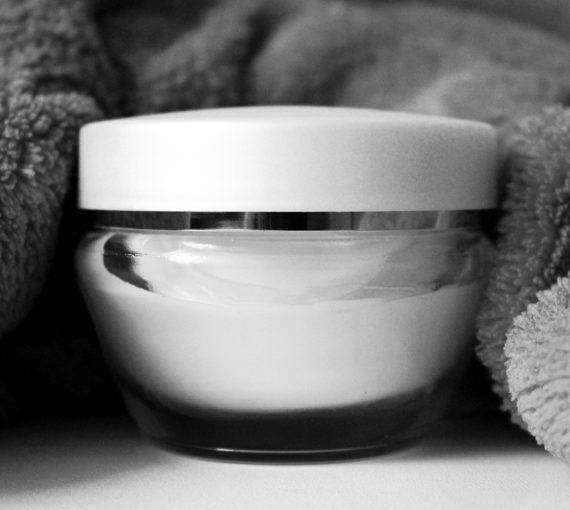Use in Cosmetics
Parabens are the most widely used preservative in cosmetics. They are also used as fragrance ingredients, but consumers won’t find that listed on the label. Fragrance recipes are considered trade secrets, so manufacturers are not required to disclose fragrance chemicals in the list of ingredients (see also Fragrance/Parfum). An estimated 75 to 90 per cent of cosmetics contain parabens (typically at very low levels). [i]
Health and Environmental Hazards
Parabens easily penetrate the skin. [ii] The European Commission on Endocrine Disruption has listed parabens as Category 1 priority substances, based on evidence that they interfere with hormone function. [iii] Parabens can mimic estrogen, the primary female sex hormone. They have been detected in human breast cancer tissues, suggesting a possible association between parabens in cosmetics and cancer. Parabens may also interfere with male reproductive functions. [iv] In addition, studies indicate that methylparaben applied on the skin reacts with UVB leading to increased skin aging and DNA damage. [v,vii]
Parabens occur naturally at low levels in certain foods, such as barley, strawberries, currants, vanilla, carrots, and onions, although a synthetic preparation derived from petrochemicals is used in cosmetics. Parabens in foods are metabolized when eaten, making them less strongly estrogenic. vii In contrast, when applied to the skin and absorbed into the body, parabens in cosmetics bypass the metabolic process and enter the blood stream and body organs intact.
It has been estimated that women are exposed to 50 mg per day of parabens from cosmetics. [viii] More research is needed concerning the resulting levels of parabens in people. Studies conducted by the U.S. Centers for Disease Control and Prevention (CDC) did find four different parabens in human urine samples, indicating exposure despite the very low levels in products. [ix,x]
Regulatory Status
There are no restrictions on the use of parabens in cosmetics in Canada.
International regulations are stronger. The European Union restricts the concentration of parabens in cosmetics.
Related Ingredients
Methylparaben, butylparaben, and propylparaben are some of the most common parabens in cosmetics. Other chemicals in this class generally have “paraben” in their names (e.g., isobutylparaben, ethylparaben, etc.).
i Winter, R. A Consumer’s Dictionary of Cosmetic Ingredients, 7th ed. New York: Three Rivers Press, 2009.
ii U.S. FDA. Parabens. https://www.fda.gov/Cosmetics/ProductandIngredientSafety (last update Oct 31, 2007).
iii DHI Water and Environment. Study on Enhancing the Endocrine Disrupter Priority List with a Focus on Low Production Volume Chemicals. Revised Report to DG Environment. Hersholm, Denmark: DHI, 2007. https://ec.europa.eu/environment/endocrine/documents/final_report_2007.pdf
iv Darbre PD and Harvey PW. “Paraben esters: review of recent studies of endocrine toxicity, absorption, esterase and human exposure, and discussion of potential human health risks.” J Appl Toxicol.28, 5 (Jul 2008):561-78.
v O.H. et al (2006) Methylparaben potentiates UV-induced damage of skin keratinocytes, ScienceDirect, Toxicology, Volume 227, Issues 1-2, 3 pages 62-72
vi Y.o. et al (2008) Combined Activation of Methyl Paraben by Light Irradiation and Esterase Metabolism toward Oxidative DNA Damage, Chem. Res. Toxicol., 21 (8), pp 1594-1599
vii Vince, G. “Cosmetic chemicals found in breast tumours.” New Scientist. Jan 12, 2004. https://www.newscientist.com/article/dn4555-cosmetic-chemicals-found-in-breast-tumours.html
viii Epstein, S. with Fitzgerald, R. Toxic Beauty. Dallas: BenBella Books, 2009.
ix Ye et al. (2006) Environmental Health Perspectives, 114(2):1843-1846, 2006
x Ye et al., (2007) J. Exposure Science and Environmental Epidemiology, 17(6):567-572




